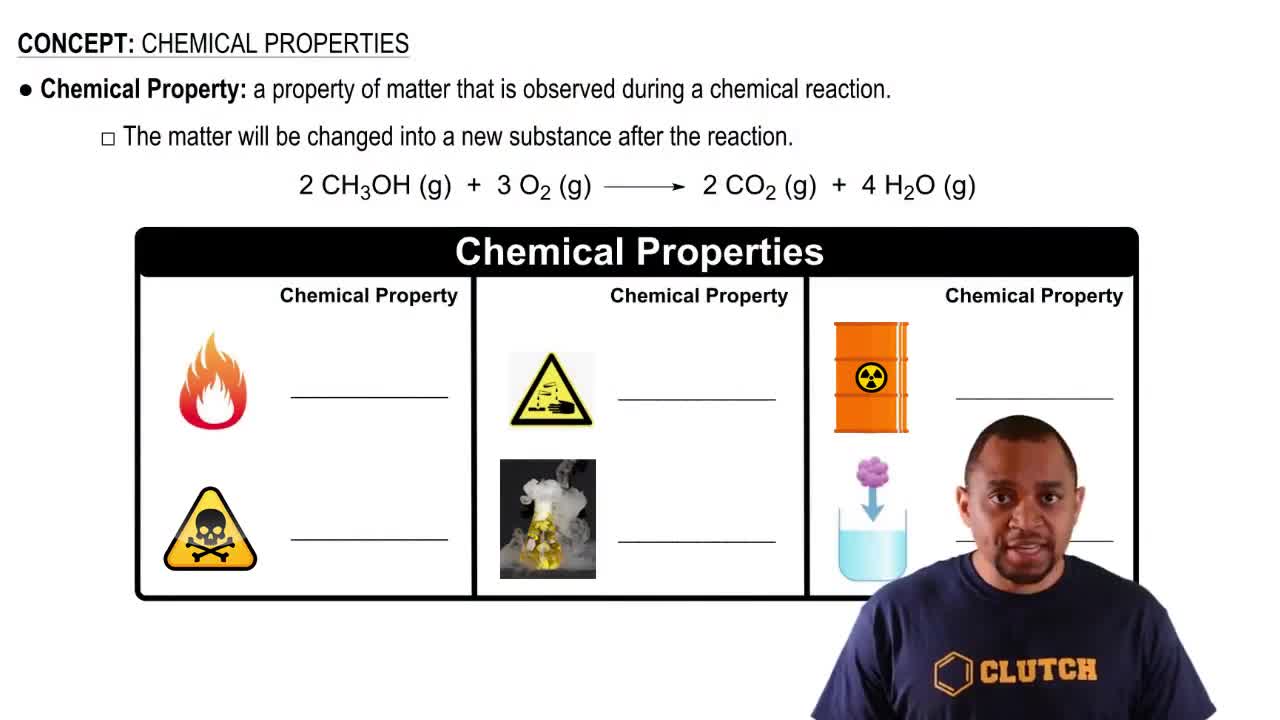Here are the essential concepts you must grasp in order to answer the question correctly.
Periodic Table Trends
The periodic table organizes elements based on their atomic number and similar chemical properties. Elements in the same group (column) exhibit similar behaviors due to their valence electron configurations. Understanding these trends helps identify elements that share chemical characteristics, such as reactivity and bonding patterns.
Recommended video:
Chemical Similarity
Chemical similarity refers to the resemblance in properties and behaviors of elements, often due to their electron configurations. Elements that are chemically similar typically belong to the same group in the periodic table, which influences their ability to form compounds and react with other substances in comparable ways.
Recommended video:
Elemental Groups
Elements are categorized into groups such as alkali metals, alkaline earth metals, transition metals, and halogens, each exhibiting distinct chemical properties. For example, alkali metals are highly reactive and share similar characteristics, making it easier to identify other elements that behave similarly to a given element, such as the 'green element' mentioned in the question.
Recommended video:
Main Group Elements: Density Example
 Verified step by step guidance
Verified step by step guidance


